#miniLEDbacklight
Text
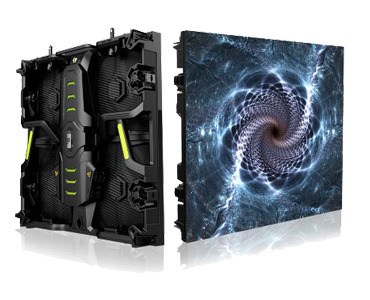
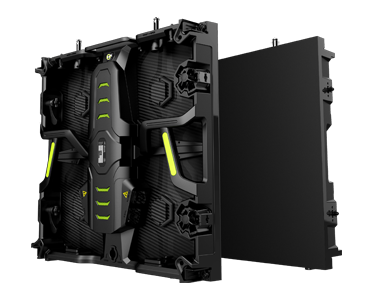
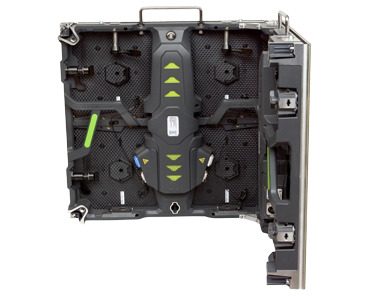
Mini LED Display is a component based on the IMD type device (Integrated mounted device) with the packaging technology. It can integrate multiple components into one package by internal circuit connection. Mini LED backlight has a smaller internal pressure and high reliability, which has a great application prospects in ultra-thin design.
Pixel Pitch (mm): P1.9mm
Dimension: 500*500*68mm
Application: Conference room, church, events, etc.
https://www.jonaled.com/mini-led
#rentalleddisplayscreen#miniled#minileddisplay#leddisplay#leddisplayscreen#displayscreen#ledscreen#rentalledscreen#integratedmounteddevice#miniledbacklight#indoorrentalleddisplay#rentalleddisplay#rentaldisplay#ledmodule#newdelhi#india
0 notes
Text
Innovative eye protection technologies when working with display Review
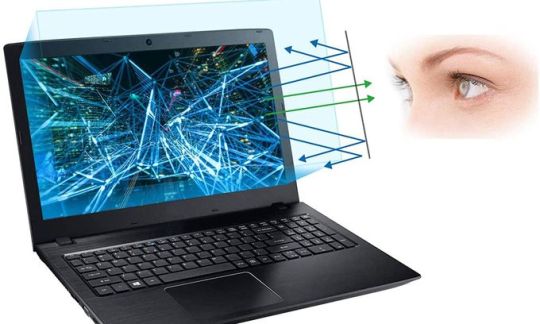
The digital revolution has kicked off explosive growth in the consumer electronics segment, including PCs, smartphones, tablets, etc. As a consequence, people began to spend significantly more time at the displays. Unsurprisingly, many have started talking about display safety in the context of eye fatigue.
The range of factors is wide enough and includes blue spectrum, glare, screen flickering, etc. Of course, they all have key features. For example, fast response time and high frame rate are important for gamers because input lag is accompanied by image trail that reduce detail.
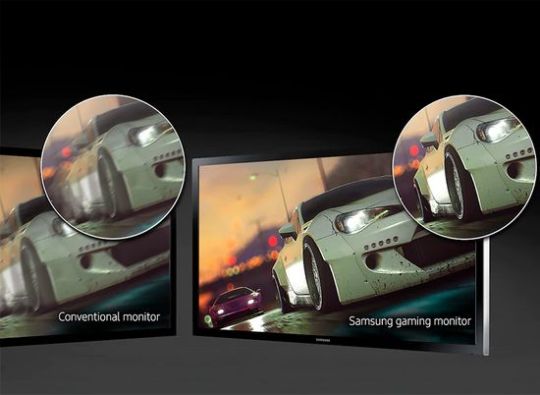
response time
Interference due to poor quality upscaling in budget TVs also reduces image clarity, increasing eye fatigue. Of course, the article format does not provide for a complete list of all factors, limiting itself to only a few of them.
Flicker-free & blue filtering
As known, PWM (pulse width modulation) is one of the most effective technologies to adjust brightness. Unfortunately, its operation principle inevitably causes screen flickering, which negatively affects about 30% of people, provoking eye fatigue and even headaches.
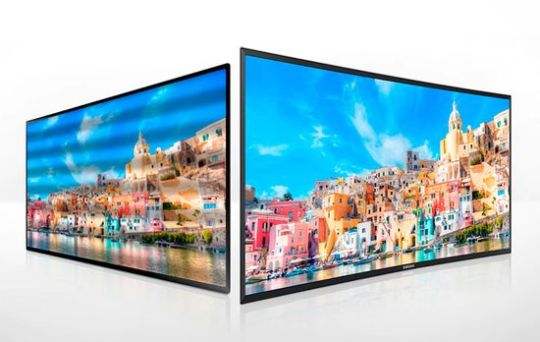
conventional vs flicker-free screen
Flicker-free technologies are based on combined control, using PWM only at low brightness levels.
Blue filtering technologies are the next most popular among display manufacturers. The problem in this spectrum range is associated with the short wavelength of blue. As a result, partially dissipating in front of the crystalline lens, blue reduces image clarity and increases eye strain, causing increased eye pressure. With prolonged exposure, this effect can provoke fatigue, headaches and even myopia over time.

Protecting eyes from blue
To eliminate this problem, manufacturers partially filter the visible spectrum in blue range. The companies use different names for these technologies. For example, ASUS calls its technology Ultra-low Blue Light, BenQ - Low Blue Light, Samsung - Eye Saver Mode, etc.
Unfortunately, this filtering causes color distortion, reducing color accuraty. To compensate for this, companies are developing optimal modes for different content. In addition, almost all devices have an adjustment of filtration intensity.
Other eye protection technologies
Suboptimal brightness and contrast settings also increase eye fatigue. For example, too dark or too bright image reduces its detail. By optimizing this balance, companies develop modes with optimal settings for different content (Cinema, Vivid, Standard, etc). But, of course, local dimming technology is most effective today for adjusting brightness in different areas of the frame.
Moreover, this year has become a watershed for LCD displays. At CES 2021 Samsung, TCL and LG unveiled super innovative Neo QLED, OD-Zero and LG QNED models with miniLED backlight.
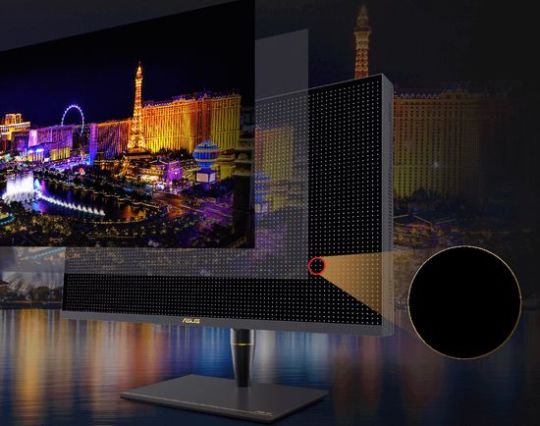
Mini-LED technology
It uses a huge number of miniature LEDs that are combined into thousands of local dimming zones. According to experts, the contrast of the new LCD miniLED TVs can come close to the ideal contrast of expensive OLED panels, the self-emitting LEDs of which operate without backlight.
High display brightness at low ambient light also increases eye fatigue. Therefore, many modern displays have a light sensor, based on the data of which the system automatically adjusts the brightness. For example, BenQ solves this challenge with B.I.+ (Brightness Intelligence Plus) technology.
The matte screen and various anti-glare technologies (Acer ComfyView, etc) also reduce eye fatigue.
According to some ophthalmologists, the curved display provides the same distance for different screen parts, reducing the eye strain for focusing.
Some companies use original names for various combinations of these technologies, such as BenQ Eye-care or Acer VisionCare.
Gamer monitors
As a rule, adults independently regulate eye fatigue, periodically taking breaks from work. But teenagers are often addicted to games, forgetting about this aspect. Therefore, eye protection is especially relevant in gamer monitors. Of course, the list of models with effective protection is quite wide. But some companies pay special attention to it.
The 49-inch Samsung C49HG90DMI (LC49HG90DMIXCI) with a curved SVA panel and DFHD (3840 × 1080) resolution has a 32: 9 aspect ratio, which is identical to two 27-inch panels with a 16: 9 aspect ratio. It supports the simultaneous display of two images from two different sources.
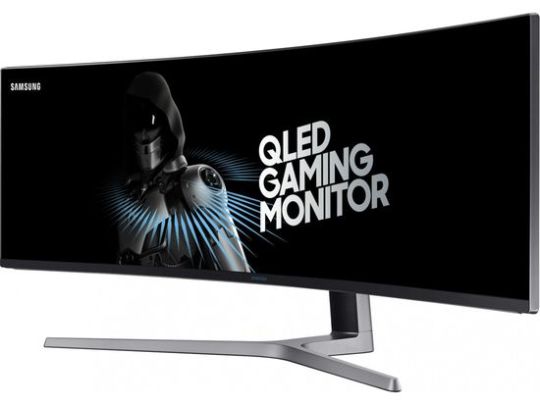
Samsung C49HG90DMI (LC49HG90DMIXCI)
MagicBright technology optimizes brightness based on content, Eye Saver Mode filters out blue, PWM-free backlight eliminates flicker.
Dell UltraSharp U4919DW is one of its main competitors today. With a similar 32: 9 aspect ratio, it has a Super UltraWide (5120 x 1440) resolution and a 3800R vs 1800R curvature for Samsung.

Dell UltraSharp U4919DW
ComfortView filters blue. It also has flicker-free IPS panel and AR (anti-reflective) coating.
The 31.5-inch ASUS ROG Strix XG32VQR with VA panel and WQHD (2560 x 1440) resolution has 1800R curvature and 4 ms response time.
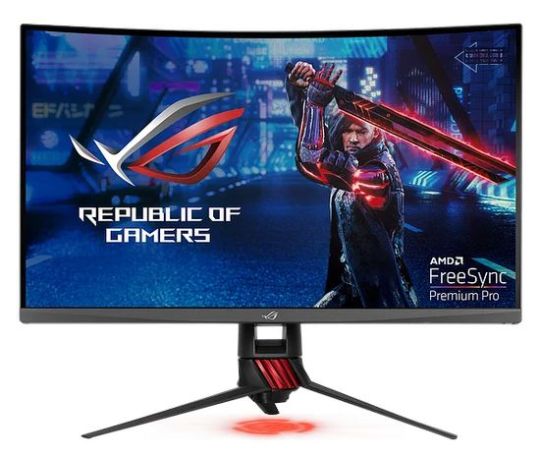
ASUS ROG Strix XG32VQR
The company uses Flicker-free, Ultra-Low Blue Light (4 modes) and Shadow Boost (improved black detail) in this model.
The more affordable Acer R240HYAbidx (UM.QR0EE.A01) with excellent brightness / contrast settings out of the box uses the VisionCare, including Flicker-Less, Blue Light Filter and anti-glare ComfyView.
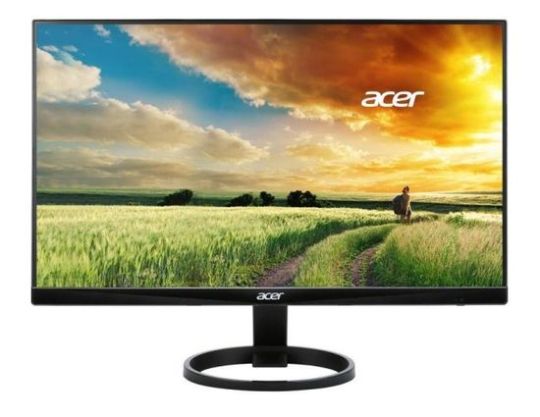
Acer R240HYAbidx (UM.QR0EE.A01)
BenQ is also active in the development of eye protection technologies. Its Eye-care includes Low Blue Light+ (blue light filter), flicker-free WLED backlight, Brightness Intelligence color correction system (increases saturation with decreasing brightness), and automatic screen brightness adjustment based on ambient light.
Conclusion
Today, a rather heated discussion continues between ophthalmologists about the optimal image resolution and contrast, the danger to the eyes of the blue spectrum, glare, screen flickering, etc.
But despite the heated debate, many companies prefer to play it safe by making efforts to minimize these risks. For example, many smartphone manufacturers are actively expanding their range with flicker-free models. Moreover, the Chinese giant Xiaomi recently developed DC Dimming technology, which virtually eliminates this unpleasant effect.
Perhaps this trend is partly due to marketing considerations. Of course, eye protection technologies significantly increase the competitiveness of their products. But on the other hand, reducing risks to vision is objectively beneficial also to consumers.
This factor is especially important when choosing model for teens, who are usually less attentive to their health.
This video demonstrates HDR performance improvement with B.I.+ (Brightness Intelligence Plus) technology in BenQ Eye-care EW3270U 4K gaming monitor.
Read the full article
#AcerComfyView#AcerR240HYAbidx(UM.QR0EE.A01)#AcerVisionCare#ASUSROGStrixXG32VQR#ASUSultra-lowBlueLight#BenQB.I.+technology#BenQBrightnessIntelligencePlustechnology#BenQEL2870U#BenQEye-careEW3270U#BenQLowBlueLight+#DCdimmingtechnology#DellUltraSharpU4919DW#eyeprotectiontechnologies#flicker-freescreen#miniLEDbacklight#SamsungC49HG90DMI(LC49HG90DMIXCI)#SamsungEyeSaverMode
0 notes
Text
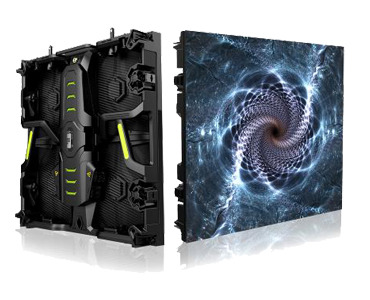
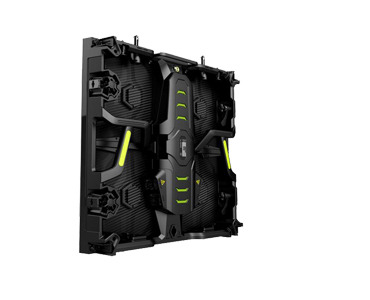
Mini LED Display is a component based on the IMD type device (Integrated mounted device) with the packaging technology. It can integrate multiple components into one package by internal circuit connection. Mini LED backlight has a smaller internal pressure and high reliability, which has a great application prospects in ultra-thin design.
Features:
Excellent visual quality and no gap alignment.
No AB module i.e. no left and right direction installation
Magnetic front service (screw is optional).
Outstanding surface flatness.
Strengthened corner protection
Strengthens structure design and thus, no deformation.
Concave and convex side lock.
Innovative side lock system offers ±3°, ±6°,0° in order to setup a curved screen
Provides five different angels.
https://www.jonaled.com/mini-led
#rentalleddisplayscreen#miniled#leddisplayscreen#displayscreen#rentalled#minileddisplay#integratedmounteddevice#miniledbacklight#ledbacklight#indoorrentalleddisplay#ledmodule#newdelhi#india
0 notes
Text
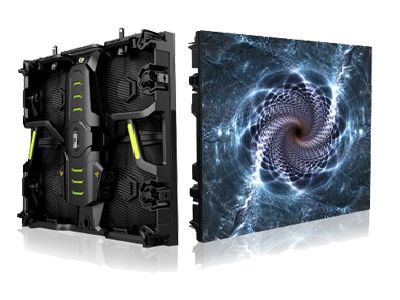
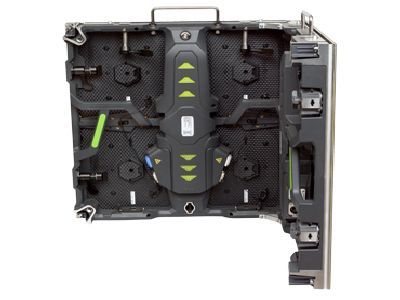
Mini LED Display is a component based on the IMD type device (Integrated mounted device) with the packaging technology.
It can integrate multiple components into one package by internal circuit connection.
Mini LED backlight has a smaller internal pressure and high reliability, which has a great application prospects in ultra-thin design.
https://www.jonaled.com/mini-led
#minileddisplay#leddisplay#integratedmounteddevice#miniled#ledproducts#miniledbacklight#ledbacklight#pixel#pitch#indoorrentalleddisplay#indoorleddisplay#ledmodule#panelsystem#delhi#india#newdelhi
0 notes
Photo
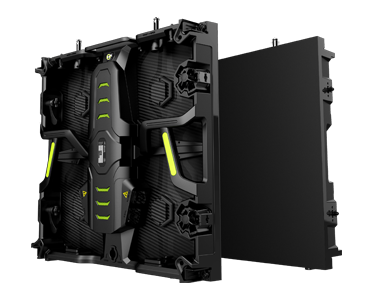


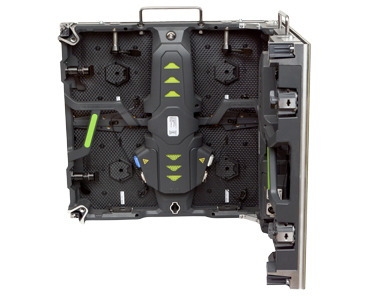
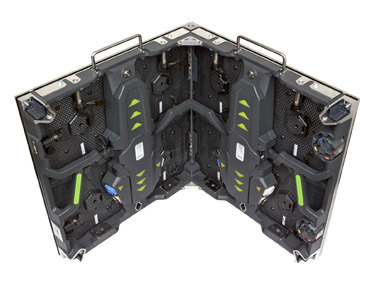
Mini LED Display is a component based on the IMD type device (Integrated mounted device) with the packaging technology. It can integrate multiple components into one package by internal circuit connection. Mini LED backlight has a smaller internal pressure and high reliability, which has a great application prospects in ultra-thin design.
https://www.jonaled.com/mini-led
#minileddisplay#leddisplay#integratedmounteddevice#miniled#ledproducts#miniledbacklight#ledbacklight#pixel#pitch#indoorrentalleddisplay#indoorleddisplay#ledmodule#panelsystem#delhi#india#newdelhi
0 notes
Text
AMOLED vs LCD displays in phones
A modern smartphone uses a large number of complex components, including main camera and several additional cameras in multi-camera smartphones, chipset, RAM and ROM, operation system, etc. Their specs directly affect the functionality and, as a result, the choice of the optimal model.
But of course, the display is one of the main components. Its specs, service life and safety for vision depend on the matrix type. All modern TVs and smartphones use AMOLED (Active Matrix Organic Light-Emitting Diode) or LCD screens.
As known, before the invention of OLED technology, LED LCD displays dominated the market. The first light-emitting p-phenylene vinylene (or PPV, or polyphenylene vinylene) polymer was synthesized in the Cavendish Laboratory of the University of Cambridge in 1989. Already in 1992, Cambridge Display Technolodgy (CDT) was established to produce polymer light-emitting materials.
But the fierce competition between them began only in the 21st century, provoking their rapid development.
LCD
As known, LCD (Liquid Crystal Display) technology uses fluidity and anisotropy of crystals. In fact, they perform the function of a light filter, forming a pixel of the desired color on the screen surface. Of course, this technology requires a backlight that uses LEDs.
In February 2011, Samsung introduced the first QLED display with improved LED backlighting on quantum dots. In fact, engineers added an LED panel instead of traditional cold cathode fluorescent tubes.
This technology has significantly expanded the color gamut of the matrix. Further, other companies developed their own technologies based on this idea. Today they use their own marketing names, including NanoCell from LG, Triluminos from Sony and ULED from Hisense.
In parallel, companies developed backlight technology. As a result, FALD (full-array local dimming) backlighting was developed.
Today, experts expect LCD with innovative miniLED-based backlighting. Unlike traditional backlighting, the size of its diode modules does not exceed 100 microns.
The reduction in size promises to drastically reduce energy consumption, increase contrast and color accuracy by increasing the number of local dimming zones. TVs already use this technology.
For example, TCL announced 8-series MiniLED Roku TV with 1,000 local dimming zones. In comparison, today the best expensive LCD TVs use no more than a few hundred. This technology promises to bring the quality of LCD screens closer to AMOLED. Some experts were expecting these smartphones in 2019. Unfortunately, their hopes did not materialize.
OLED
OLED matrices (Organic light-emitting diode) use multilayer organic polymers that emit light under the influence of electricity and do not require backlighting. In fact, it's the main difference between these technologies. All modern phones use only AMOLED (Active Matrix OLED) matrices with Active Matrix. But in the TV segment, companies continue to use the acronym OLED without adding AM.
In the summer of 2009, LG announced the first 15-inch OLED TV. A few years later, at CES 2012, Samsung and LG introduced 55-inch OLED TVs. At IFA 2013, LG has already announced the world's first 77-inch 4K OLED TV.
At CES 2013, Samsung announced the Galaxy S4 with 5 "Super AMOLED Full HD panel. In the second half of 2014, Samsung Display began production of AMOLED flexible panels.
Modern models already use AMOLED, Super AMOLED, HD Super AMOLED, Dynamic AMOLED and P-OLED matrices.
MicroLED (mLED or μLED or ILED)
MicroLED is the next step in the development of OLED technology. Like OLED, MicroLED uses subpixel LEDs with its own radiation and does not require backlighting. But as a light-emitting material, OLED uses sm-OLED (Small Molecule-Organic LED), POLED, or PHOLED (phosphorescent OLED). MicroLED uses inorganic GaN (gallium nitride) with a size of only 5-10 microns, which is its main advantage.
The new technology has great prospects. In particular, high light output can drastically reduce energy consumption to about 10% LCD and 50% OLED displays, and the miniature size will allow companies to achieve pixel densities of up to 1,500 PPI, providing huge resolution even for large matrices.
In 2018, Apple announced plans to produce MicroLED panels. But in 2019, serial microLED displays did not appear on the market. However, Sony and Samsung are already selling microLED The Wall.
OLED advantages
1. As known, contrast characterizes the ratio brightest white to the darkest black pixels on the screen and is measured in the ratio of "maximum brightness" / 1. Thus, a screen with a contrast ratio of 1000: 1 displays white 1000 times brighter than black.
But in the OLED display, black color corresponds to a completely off diode with a brightness of "0". Therefore, companies often use the term "Infinite contrast", although, as you know, mathematics prohibits the division by "0". Sometimes companies indicate 2,000,000: 1 and above, which is probably more correct.
Unfortunately, LED backlight in the LCD screen fundamentally eliminates the perfect black.
2. Smartphones with OLED screens support Always On-Display mode. In this case, the smartphone’s display can display information by controlling individual pixels. This mode provides a significant reduction in energy consumption when choosing interface in dark colors.
But black color of the IPS matrix corresponds to the on backlight, which we do not see due to the light wave damping by the second polarizer. Thus, the IPS matrix cannot provide this useful option because its backlight constantly illuminates the matrix.
3. As known, the image brightness decreases when viewed at an angle. For example, the brightness drop in smartphones with IPS-screen reaches 55% for an angle of 30 degrees. For comparison, brightness reduction of the OLED screen at the same angle does not exceed 25%.
4. The absence of a backlight in OLED screen eliminates problems with its uniformity. Unfortunately, it's relevant for the IPS screen. Typically, companies place backlight diodes along the bottom edge of the IPS screen. During operation, their light passes through a special flexible diffuser made of a thin film. Unfortunately, many LCD screens display a brighter bar at the bottom of the screen near the diodes.
LCD advantages
1. IPS-screen is much cheaper than OLED-analogue, including repair.
2. Almost all OLED screens have problems with Screen burn-in.
The service life of green diodes reaches 130,000 hours, red - 50,000 hours, blue - only 15,000 hours.
However, today companies successfully solve this problem using PenTile. For example, PenTile technology allowed Samsung to use half as many blue and red subpixels compared to green. Moreover, the most powerful blue diodes operate at half power, saving a resource. It increases their service life, and all subpixels burn out evenly. Typically, companies use RGBG (additional green sub-pixel) or RGBW (additional white sub-pixel).
Today AMOLED, Super AMOLED and HD Super AMOLED often use this configuration.
On the other hand, 15,000 hours of service life for blue diodes corresponds to more than 5 years of operation, even with heavy use. Most people change models more often.
In addition, static displaying for a long time at maximum brightness may form a residual image on the screen. But Pixel Shifting and Parallax Backgrounds successfully solve this problem.
Pixel Shifting software algorithm shifts the image by 1 pixel for a prolonged static image. Recently, Google and Apple often use parallax backgrounds, preventing a static image on the screen.
3. Screen flicker due to PWM in OLED screen increases eye strain. As known, the diode brightness depends on the current strength. With its increase, it gradually rises. Unfortunately, the decrease in brightness does not occur smoothly. Instead of smooth dimming, the diodes begin to work with small pauses. For example, diodes burn 0.9 ms for 1 second at 100% brightness. But at 50% brightness, these LEDs only work for 0.45 ms for 1 second. Of course, this flicker significantly increases the load on the eyesight, causing discomfort in the eyes.
Brands
Today, budget and mid-budget Android, and Apple, mainly use LCD displays. This list includes:
- iPhone 11;
- iPhone XR;
- Honor 20/20 Pro;
- iPhone 8/8 Plus, iPhone 7/7 Plus;
- Xiaomi Redmi Note 7;
- Huawei P30 Lite.
AMOLED screens are used on almost all flagships and even on mid-range smartphones. This list includes:
- the entire line of Samsung Galaxy S-series, Note-series, etc;
- iPhone 11 Pro / 11 Pro Max, iPhone XS / XS Max and iPhone X;
- Huawei flagships (P30, Mate 30);
- Xiaomi flagships (the entire line of Mi 9, etc.);
- Sony Xperia XZ3 and Xperia 1.
Conclusion
In general, the trend clearly demonstrates the rapid convergence of technology. The active use of effective innovative technologies has ensured the convergence of consumer qualities of models with AMOLED and LCD matrices. Of course, AMOLED retains a slight advantage in image quality, but LCD successfully compensates for it due to price.
Today we can assume the direction of their further improvement. Apparently, the market will soon offer LCD screens with miniLED-based backlighting. In the segment of OLED technology, MicroLED displays have good prospects over time to replace modern AMOLED screens. In this case, LCD with miniLED will compete with MicroLED in the next step.
This video shows the 75-inch and 219-inch Samsung Micro LED Modular TVs at CES 2019.
Read the full article
#ActiveMatrixOrganiclight-emittingdiode#AlwaysOn-Displaymode#AMOLEDvsLCDdisplays#dynamicAMOLED#FALD#HDSuperAMOLED#MicroLED#miniLEDbacklight#NanoCell#P-OLED#parallaxbackground#PenTile#pixelshifting#QLED#superAMOLED#Triluminos#ULED
0 notes